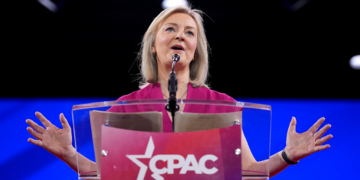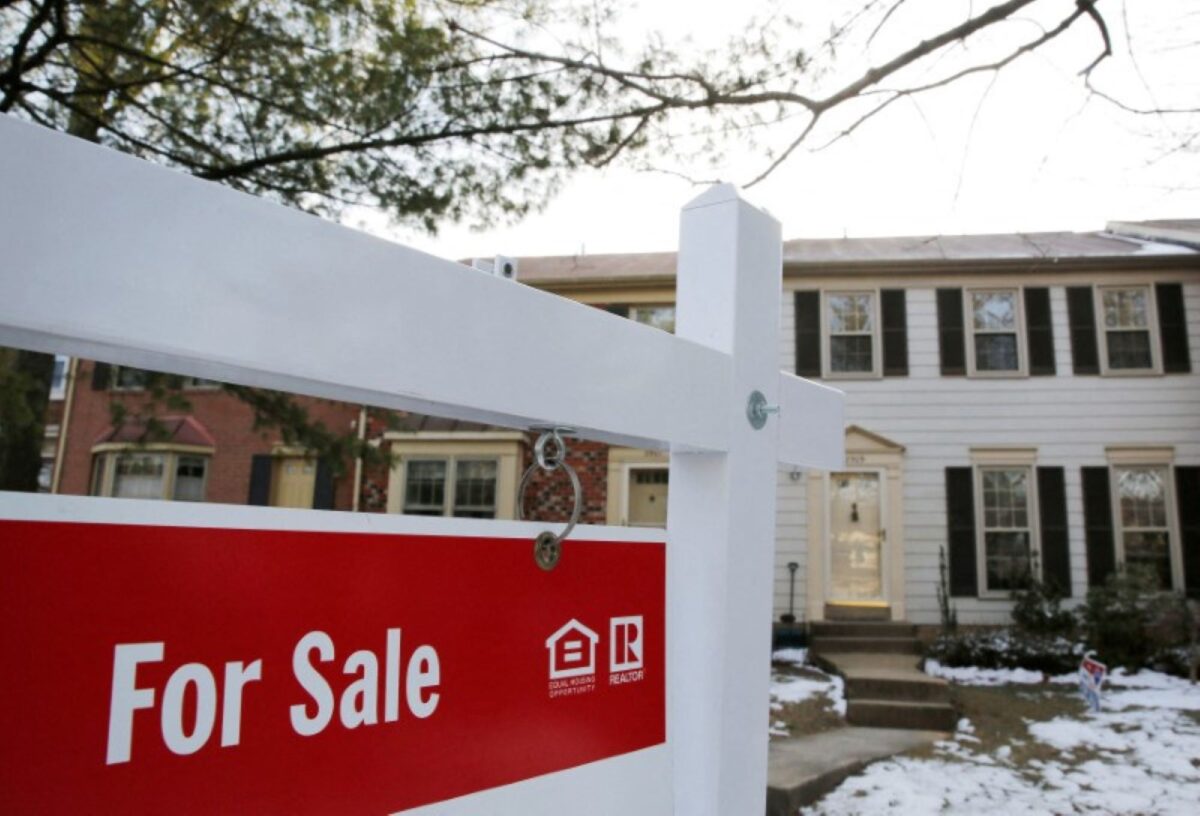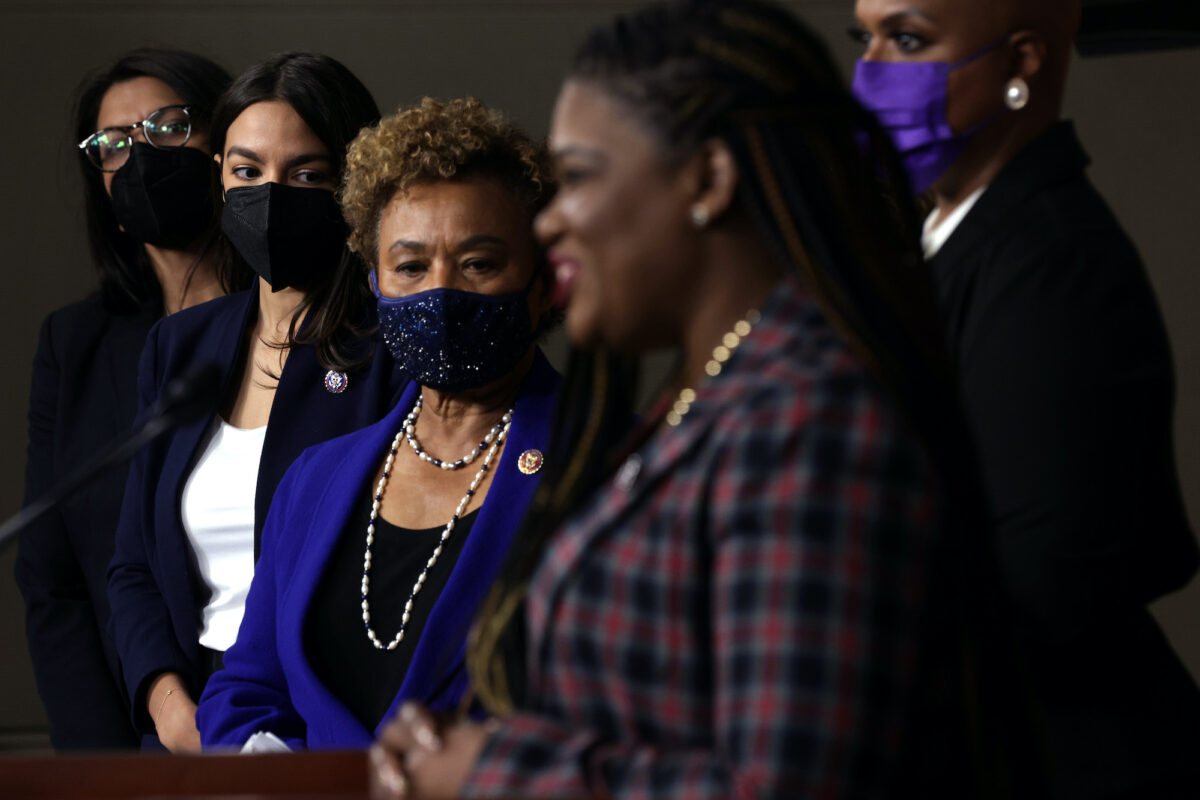
Demand for mortgages dropped as interest rates rose to new highs, with both purchase and refinance mortgage applications registering weekly declines.
MBA’s Market Composite Index, which measures mortgage loan application volume, fell by 5.7 percent for the week ending May 12 compared to the previous week, according to a May 17 press release. Joel Kan, MBA’s vice president and deputy chief economist, pointed out that mortgage application activity had slowed down due to a rise in rates, with the 30-year fixed-rate mortgage hitting 6.57 percent, its highest level in two months.
“Purchase applications decreased 5 percent to its slowest pace in a month, as buyers remain wary of this rate volatility, but also as for-sale inventory in many parts of the country remains scarce,” Kan said.
“Refinance applications accounted for 27 percent of all applications and dropped almost 8 percent last week. Most borrowers have lower rates on their mortgages, and those who are in the market are extremely rate sensitive.”
Mortgage rates rose last week even though Treasury yields were “essentially flat,” Kan pointed out. The spread between the two rates widened to 310 basis points.
According to data from Freddie Mac, mortgage rates have been rising ever since President Joe Biden took office.
On Jan. 20, 2021, when Biden was sworn in, the 30-year fixed-rate mortgage was at 2.77 percent. The rate has now jumped to 6.35 percent as of May 10.
Unwilling Sellers
According to real estate marketplace company Zillow, high rates deter potential homeowners from selling their properties, thus driving down listings and leaving buyers with limited options.
Even though dips in mortgage rates stimulated demand, such events have been “short-lived,” the company said in a March 21 press release.
“We know there are a lot of motivated buyers looking for homes,” said Skylar Olsen, Zillow’s chief economist. “But buyers are disappointed in their options. Homeowners aren’t giving up their current house and low monthly payments to join a tight, expensive market.”
Selling in the current market means sellers would likely have to purchase a new home at a higher mortgage rate, resulting in higher monthly expenses.
To put things into perspective, a 30-year $500,000 mortgage with a downpayment of 20 percent and a 3 percent interest rate would result in a monthly payment of $1,686. However, a mortgage rate of 6 percent will push up monthly payments to $2,398—an increase of over $700 a month.
According to March data from Goldman Sachs, 99 percent of outstanding mortgages had interest rates below the current market rate, with many people having rates as low as 2.5 to 3 percent.
Biden’s Mortgage Fees
Amid elevated mortgage rates, the Biden administration’s Federal Housing Finance Agency (FHFA) has implemented a new policy that increases mortgage fees for people with higher credit while lowering them for riskier borrowers. The policy came into effect on May 1.
Critics of the new policy argue that it will penalize individuals with good credit while encouraging risky borrowing.
A May 1 letter to the FHFA and Biden that was signed by 34 officials from 27 states warned that the policy will “take money away from the people who played by the rules and did things right—including millions of hardworking, middle-class Americans who built a good credit score and saved enough to make a strong down payment.
“Incredibly, those who make down payments of 20 percent or more on their homes will pay the highest fees—one of the most backward incentives imaginable,” the letter said.
“For decades, Americans have been told that they will be rewarded for saving their money and building a good credit score. This policy turns that time-tested principle upside down.”
















 The Black Swan Approaching
The Black Swan Approaching




















 Reaction & Commentary
Reaction & Commentary











